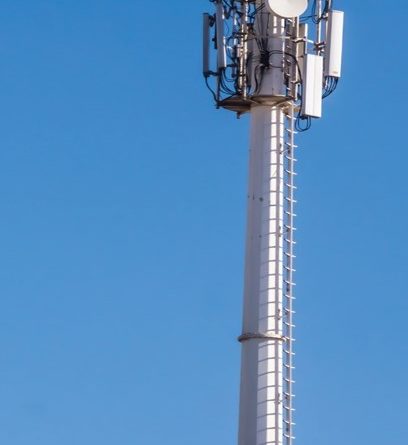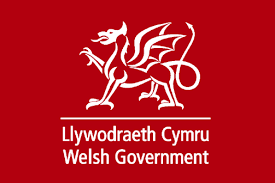Deploying infrastructure is hard – lessons from the MIP
The Government’s much trumpeted* £150m Mobile Infrastructure Project (MIP) will close later this month. It has only succeeded in deploying around 60 mobile masts in mobile not-spots at a total cost of under £10m. For those living or commuting through those areas, then the new mobile coverage from all four operators is no doubt eagerly received. But given the project was originally scheduled to deliver between 550-600 sites, there is no doubt it has fallen short of its original goals.
Indeed, Ed Vaizey, recently made clear in a Parliamentary debate that it had not been “as successful as we had envisaged??? (h/t @ispreview for reminding me of this). During the debate Vaizey identified a number of problems that had affected the MIP, indeed the debate is worth reading for the account of how planning permission was granted too late due to the colour of the mast.
Identifying the problem
What is a total not-spot? It sounds easy enough to answer, an area where there is no coverage from any of the mobile operators – a place where even network roaming wouldn’t help. Ok, that can be tricky given that mobile signal can be variable but solvable. Now measure it in the midst of network consolidation work and at the start of a 4G auction. That becomes a lot harder. What’s a complete not-spot today could become a partial not-spot (coverage from at least one but not all four operators) tomorrow. Ofcom worked hard with the operators and Arqiva who were responsible for delivering the project but this proved to be a harder nut to crack than had been envisaged.
Finding sites
So once you’ve found a not-spot that covers some premises or transport corridor, you need to find a couple of suitable sites for a mobile mast. For this, you need access, a secure power supply, reasonable ground rental and backhaul. That can be pretty hard to do in areas that by definition are likely to be remote and hard to reach. It’ll also likely rely on microwave transmission to another mast which would preferably have a fibre backhaul connection. Here we saw the network consolidation that was ongoing come into play as well as more generic issues such as establishing line of sight in foggy Scottish Highlands or cloudy Welsh hills. More delays.
Getting permission for the sites
So now you need planning permission for the sites, many of which are in National Parks or Areas of Outstanding Natural Beauty. For good reason, these areas require stricter planning permission but (check the debate) there seem to be times when this was unnecessarily bureaucratic and caused additional delays.
Solving the wrong problem?
There was also the belief amongst mobile operators that the MIP – which funded the capital required to build the mast – solved the wrong problem. This is because it still left them with operational costs in an area that was uneconomic. One potential solution could have been if the Government had bought the land outright, thus reducing or removing entirely the ground rental, although this would have come with its own problems.
Solutions
So Government has experienced first-hand the difficulties that operators can face in deploying infrastructure and in fairness seem to be trying to make it easier with potential reform of the Electronic Communications Code, taller masts and better planning guidance all being considered. For those still in not-spots, then there is the hope that the coverage obligations for 4G on O2 and the geographic coverage obligation on all operators will go some way to helping, in addition to the masts that EE will likely need to deploy as part of its Emergency Services Mobile Communications Programme contract.
The BSG will be focusing this year on how best to lessen some of these barriers to deploying infrastructure in both fixed and mobile.
*Full disclosure, in my time at Arqiva I did my bit to contribute to this.






